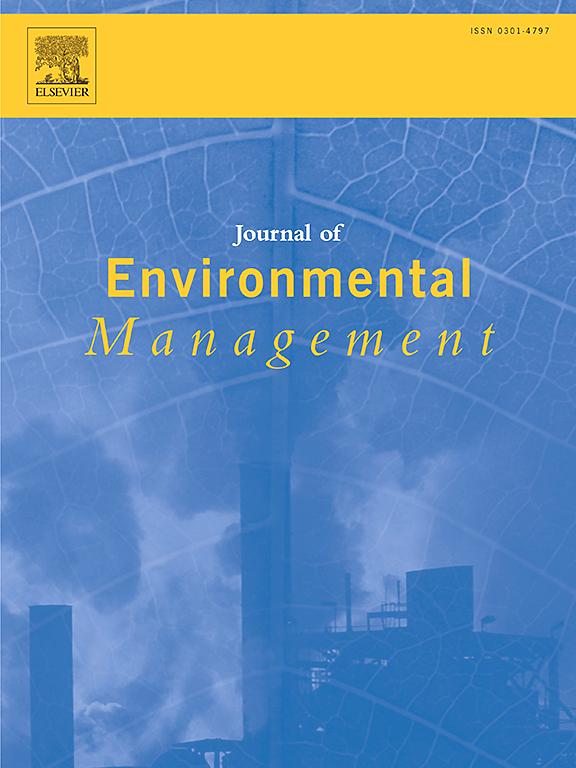U-shaped deep learning networks for algal bloom detection using Sentinel-2 imagery: Exploring model performance and transferability
IF 8
2区 环境科学与生态学
Q1 ENVIRONMENTAL SCIENCES
引用次数: 0
Abstract
Inland water sources, such as lakes, support diverse ecosystems and provide essential services to human societies. However, these valuable resources are under increasing pressure from rapid climate changes and pollution resulting from human activities. Combining remote sensing technologies with advanced artificial intelligence algorithms enables frequent monitoring of these ecosystems, timely detection of potential threats, and effective conservation measures. This study evaluated U-shaped deep learning (DL) networks, including U-Net, Residual U-Net (RU-Net), Attention U-Net, Attention Residual U-Net (ARU-Net), and SegNet, for detecting and mapping algal blooms using Sentinel-2 satellite imagery. Multitemporal Sentinel-2 imagery spanning different dates was used to construct robust DL models, with ground truth datasets representing both high- and low-density algae formations. The study emphasized the importance of diverse datasets in addressing the limitations of previous models, particularly in detecting low-density blooms and generalizing across temporal and geographical contexts. The models' transferability was assessed using imagery from different dates and geographical locations, including Lake Burdur, Lake Chaohu, and Lake Turawskie. RU-Net and ARU-Net consistently outperformed other models, achieving exceptional F-scores, such as 99.80 % for Lake Burdur, 97.23 % for Lake Chaohu, and 99.61 % for Lake Turawskie. ARU-Net demonstrated superior generalization capabilities, effectively detecting low-density algae, which is critical for comprehensive environmental assessments. These findings underscored the efficacy and transferability of U-shaped DL networks in accurately detecting algal blooms, offering valuable insights for environmental monitoring and management applications.
求助全文
约1分钟内获得全文
求助全文
来源期刊

Journal of Environmental Management
环境科学-环境科学
CiteScore
13.70
自引率
5.70%
发文量
2477
审稿时长
84 days
期刊介绍:
The Journal of Environmental Management is a journal for the publication of peer reviewed, original research for all aspects of management and the managed use of the environment, both natural and man-made.Critical review articles are also welcome; submission of these is strongly encouraged.
 求助内容:
求助内容: 应助结果提醒方式:
应助结果提醒方式:


